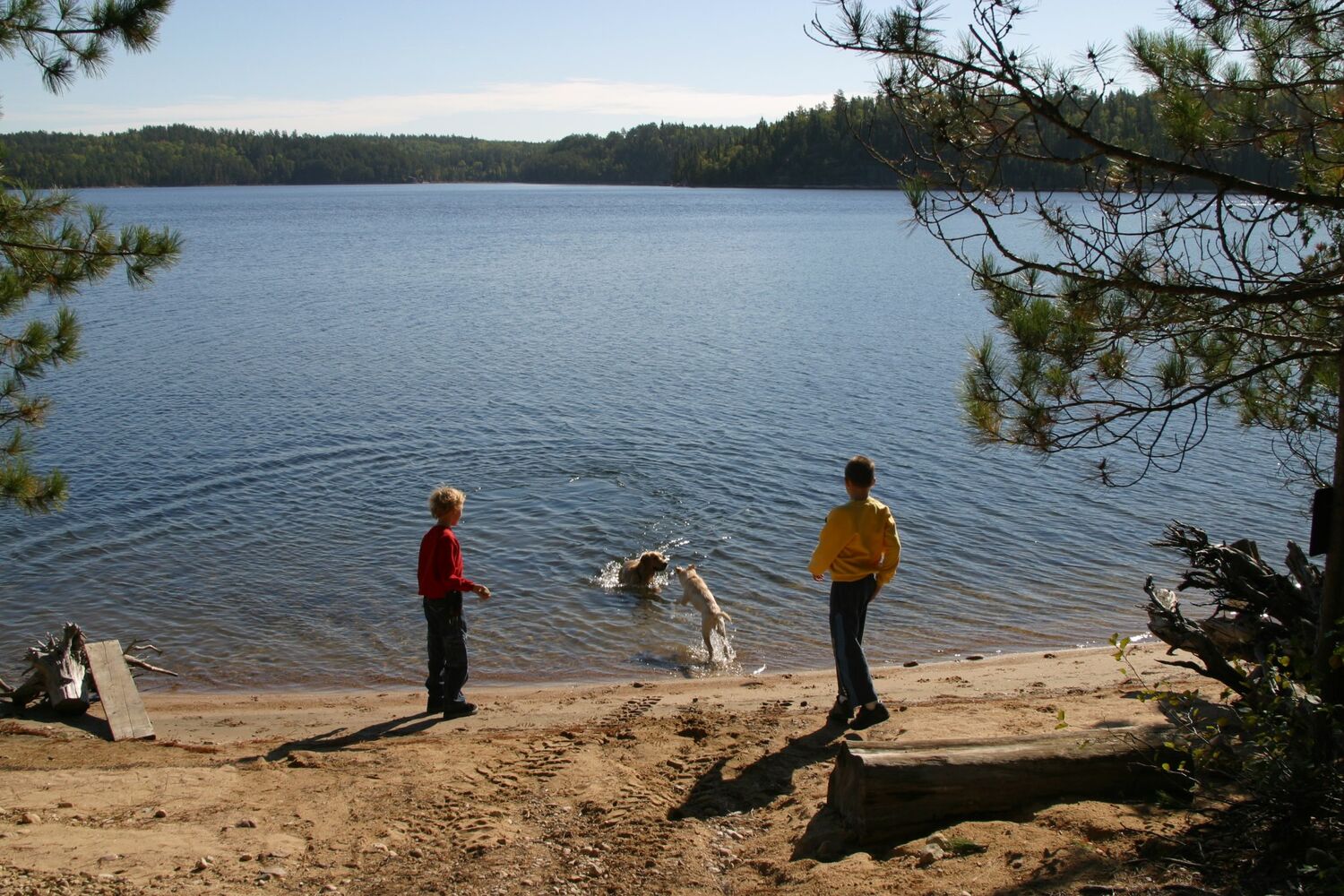Embarking on a wilderness camping adventure in northwestern Ontario can be an exhilarating and rewarding experience. The serenity of nature, the challenging trails, and the opportunity to disconnect from the daily grind make it a popular choice for outdoor enthusiasts. To ensure a successful trip, it's essential to be well-prepared and knowledgeable about various aspects of camping in the wild.
From selecting the perfect campsite to mastering essential survival skills, this article will provide you with valuable tips and tricks to help you make the most of your wilderness camping trip. So, lace up your hiking boots and grab your backpack as we dive into the world of wilderness camping.
"In every walk with nature, one receives far more than he seeks." - John Muir
Before you set off on your adventure, planning your route and gathering essential gear is critical. In the following sections, we will discuss the importance of choosing the right gear and supplies and how to stay safe while exploring the great outdoors.
Wilderness camping offers a unique and unforgettable experience. With the right preparation and mindset, you'll be well on your way to creating lasting memories and connecting with the natural world. Let's get started on your journey to becoming a skilled wilderness camper.
Get a free Sunset Country guide and map to help you plan your trip.
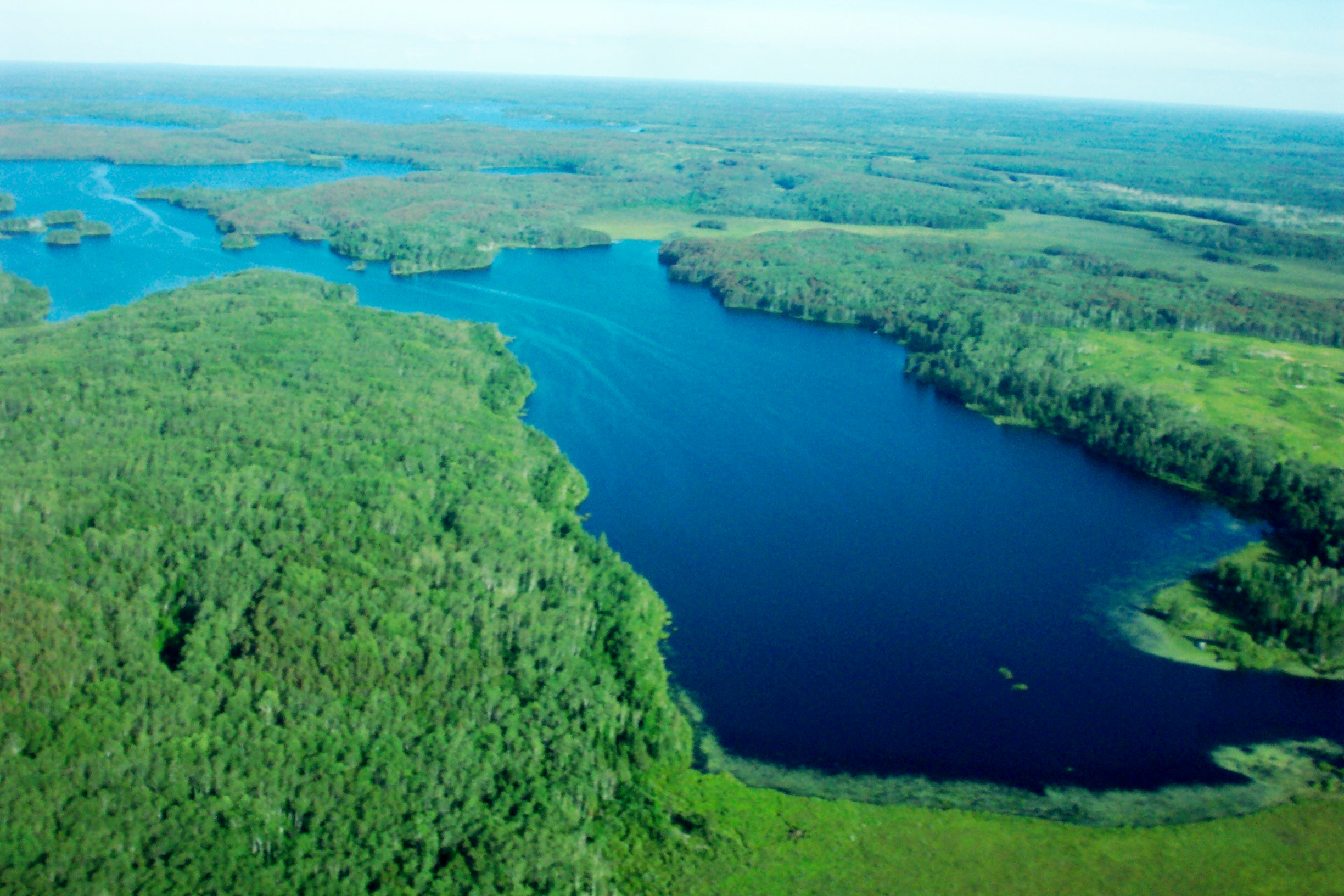
Prepare Your Gear: What You Need for a Wilderness Camping Trip
Embarking on a wilderness camping trip can be an incredible adventure, but it's crucial to come prepared with the right gear. In this section, we'll cover the essentials you'll need to ensure a successful and enjoyable experience.
Shelter and Sleeping
Setting up a proper shelter and sleeping arrangement is crucial for a successful wilderness camping trip. A good night's sleep will provide you with the energy needed to enjoy the hiking trails and outdoor activities. Let's discuss some tips and tricks to ensure you're well-rested and ready for adventure.
Choose the right tent: The first step in creating a comfortable shelter is selecting the appropriate tent for your needs. Consider the size, weight, and weather resistance when making your decision. A lightweight backpacking tent is a popular choice for wilderness camping, as it's easy to carry on the trail and provides adequate protection from the elements.
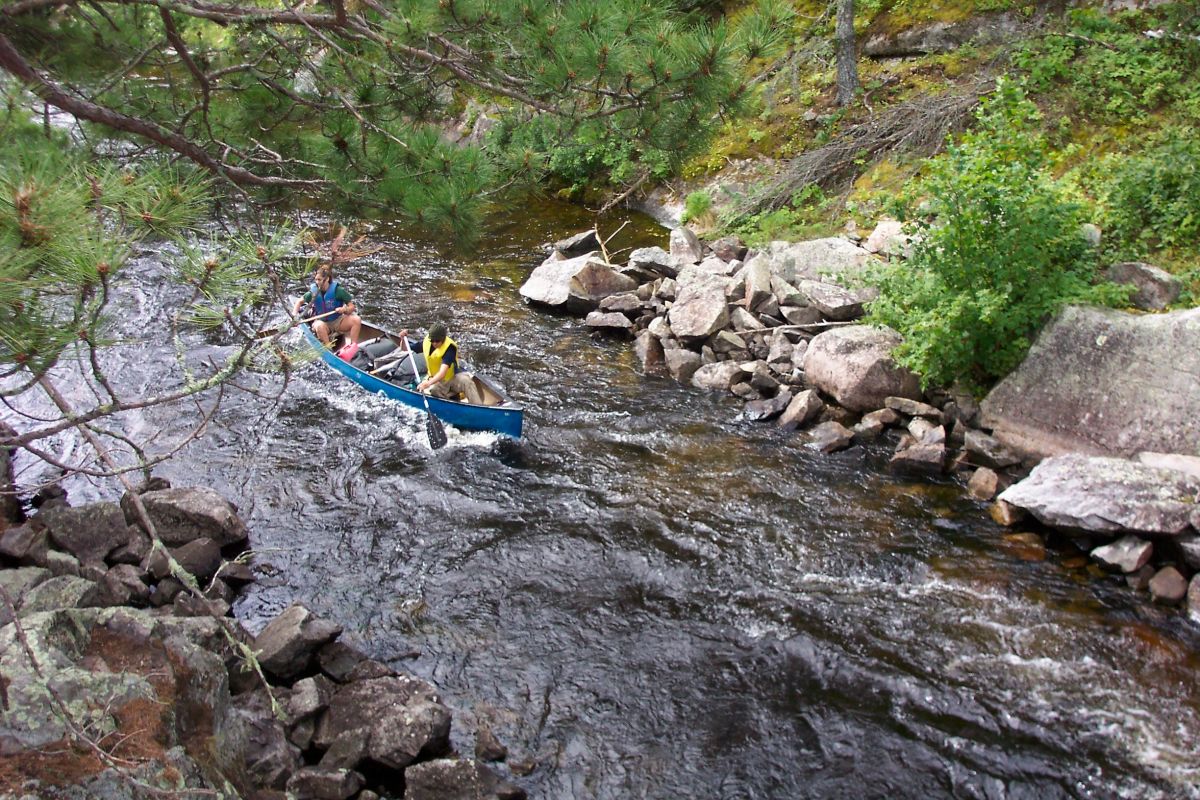
Find the perfect campsite: Take some time to scout out the ideal spot for setting up your tent. Look for level ground, avoiding areas with rocks or roots that could be uncomfortable or cause damage to your tent. Additionally, avoid low-lying areas where water might pool during a rainstorm.
Use a quality sleeping pad: A good sleeping pad is essential for both comfort and insulation from cold ground. There are several types to choose from, including foam, self-inflating, and air pads. Consider factors like weight, packed size, and insulation when selecting the right pad for your trip.
Choose an appropriate sleeping bag: A sleeping bag that's suited for the expected temperature and weather conditions is crucial for a comfortable night's sleep. Look for a bag with the appropriate temperature rating, and consider options like down or synthetic insulation, as well as the shape and size of the bag.
Keep your sleeping area organized: Maintain a clean and clutter-free sleeping space by storing your gear in designated areas. Use stuff sacks or small bags to keep your clothes, electronics, and other items organized. This will make it easier to find what you need in the dark and help you feel more relaxed and comfortable at bedtime.
Establish a bedtime routine: Just like at home, having a consistent bedtime routine can help signal to your body that it's time to wind down and sleep. Develop a simple routine for your wilderness camping trip, such as reading a book, journaling, or practicing deep breathing exercises before bed.
Investing time in creating a comfortable shelter and sleeping arrangement will greatly enhance your wilderness camping experience. By following these tips and tricks, you'll be well-rested and ready to tackle the backcountry and make the most of your outdoor adventure.
Expert Advice: How to Pack Your Backpack Like a Pro
When it comes to wilderness camping, packing your backpack efficiently can make all the difference in your overall experience. In this section, we'll share expert advice on how to pack your backpack like a pro, ensuring you have everything you need without overloading yourself.
1. Organize Your Gear by Weight and Accessibility
Start by laying out all your camping gear and categorizing it by weight and how often you'll need to access it. Heavier items should be positioned closer to your back and centred in the pack, while lighter items can be placed towards the top and sides. Frequently used items, such as snacks and navigation tools, should be easily accessible in outer pockets or at the top of the pack.
2. Utilize Compression Sacks and Packing Cubes
Compression sacks and packing cubes are your best friends when it comes to packing efficiently. Use them to compress bulky items like sleeping bags and clothing, saving valuable space in your backpack. Packing cubes can help you organize smaller items, making it easier to locate what you need without rummaging through your entire pack.
3. Distribute Weight Evenly
Proper weight distribution is crucial for comfort and balance while hiking. As a general rule, place heavier items like your tent and cooking gear closer to your back and centred between your shoulder blades. Medium-weight items should be placed towards the top and bottom of the pack, while lighter items can be stashed in the outer pockets and at the very top. This will help maintain your center of gravity and prevent strain on your back and shoulders.
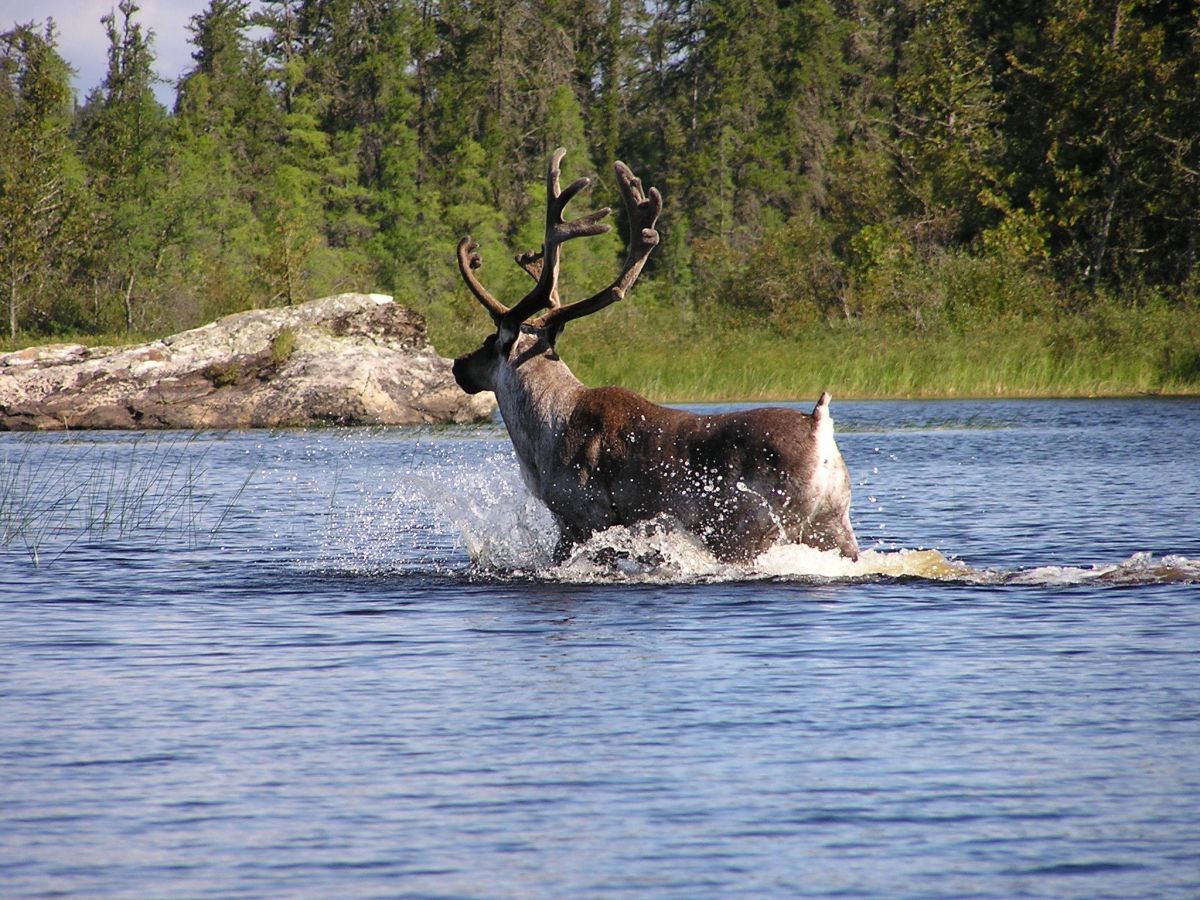
The Best Foods for Your Backcountry Adventure
When it comes to wilderness camping, planning your meals is just as important as packing your gear. The right foods can make all the difference in keeping you energized and satisfied throughout your backcountry adventure. In this section, we'll discuss the best foods to pack for your trip, taking into consideration weight, nutrition, and taste.
1. Lightweight and Nutrient-dense Foods
As you'll be carrying everything on your back, it's essential to pack foods that are lightweight but packed with nutrients. Dehydrated and freeze-dried meals, like pasta, rice, and oatmeal, are excellent options as they're easy to prepare and provide a good amount of energy. Additionally, nuts and seeds, like almonds, walnuts, and sunflower seeds, are both lightweight and high in healthy fats, protein, and fibre.
2. High-energy Snacks
While hiking, you'll need quick and easy-to-eat snacks to keep your energy levels up. Energy bars, trail mix, and dried fruits are perfect options, as they require no preparation and can be conveniently stored in your backpack's side pockets for easy access. Make sure to choose snacks with a mix of carbohydrates, protein, and healthy fats to keep you fueled throughout the day.
3. Meal Planning and Preparation
Before you hit the trails, it's essential to plan your meals and portion them out accordingly. This will help you avoid overpacking and ensure you have enough food for the duration of your trip. Invest in a lightweight camping stove and cookware set to make meal preparation a breeze. Finally, practice Leave No Trace principles by packing out all your food waste and using biodegradable soap for dishwashing.
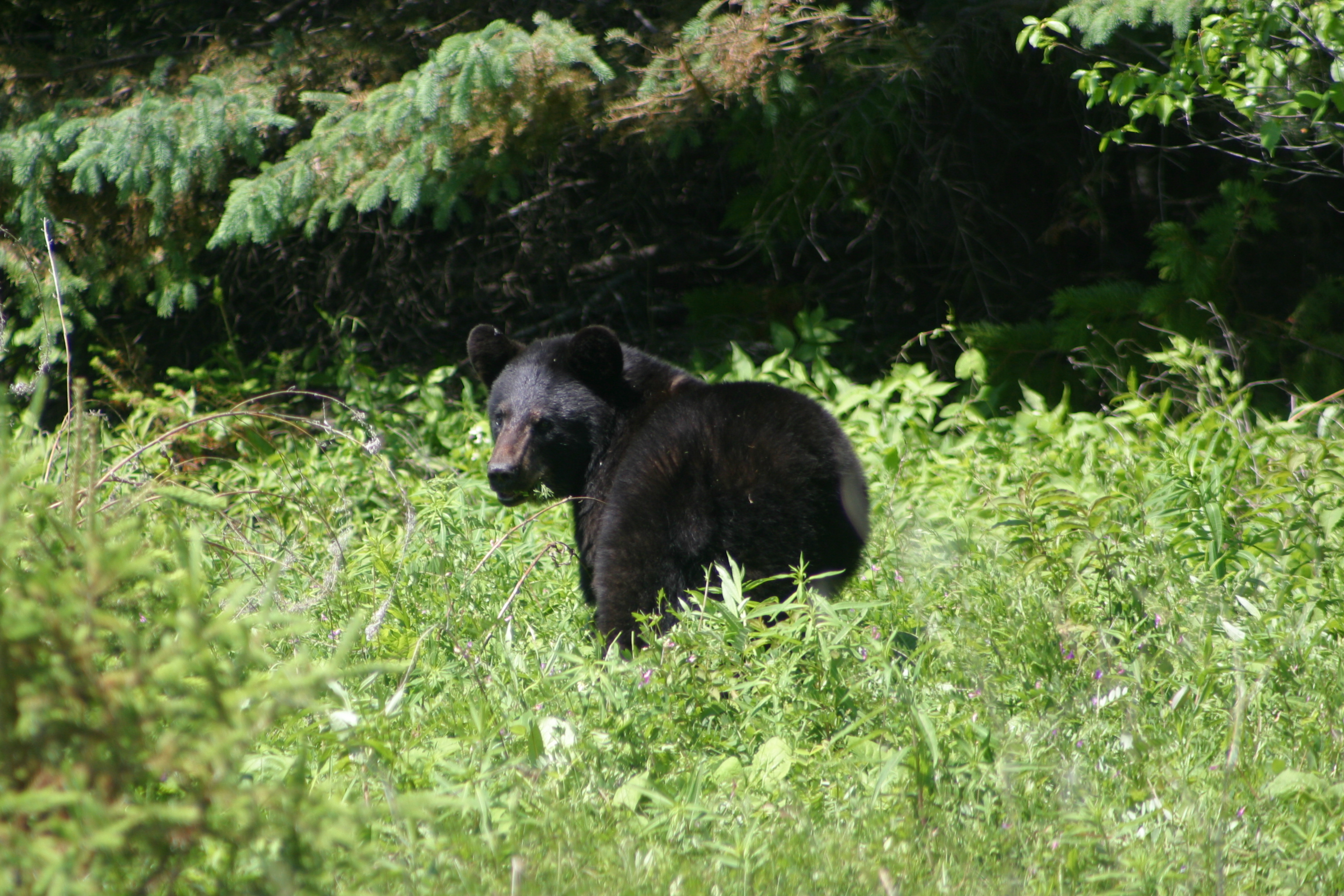 Backpacking Stove: Which One is Right for You?
Backpacking Stove: Which One is Right for You?
When it comes to wilderness camping, having the right backpacking stove can make a world of difference in your overall experience. With so many options on the market, it can be overwhelming to find the perfect stove for your needs. In this section, we'll help you navigate the world of backpacking stoves and determine which one is right for you.
Fuel Type: Canister, Liquid, or Solid
The first factor to consider when choosing a backpacking stove is the type of fuel it uses. There are three main types:
Fuel Types for Backpacking Stoves
1. Canister Stoves: These stoves use pre-pressurized gas canisters, typically containing a blend of propane and isobutane. Canister stoves are lightweight, easy to use, and offer great performance in moderate conditions. However, they can struggle in colder temperatures and at high altitudes.
2. Liquid Fuel Stoves: These stoves run on liquid fuel, such as white gas or kerosene. Liquid fuel stoves are versatile, as they can perform well in extreme cold and high altitudes. They require more maintenance and can be heavier than canister stoves, but their fuel is often cheaper and more readily available.
3. Alcohol Stoves: These stoves use alcohol, such as denatured alcohol or methanol, as fuel. Alcohol stoves are lightweight, simple to use, and have no moving parts. However, they are less efficient, have a slower boil time, and can be sensitive to wind.
Planning Your Meals
Meal planning is an essential part of a successful wilderness camping trip. Opt for lightweight, calorie-dense, and easy-to-prepare meals. Dehydrated or freeze-dried meals are popular choices, as they require only boiling water to rehydrate. Additionally, consider packing energy bars, nuts, and jerky for quick snacks on the trail.
Remember to pack a lightweight and durable cooking pot or mess kit, as well as utensils, to make meal preparation and consumption easier. Don't forget to pack a small sponge and biodegradable soap for cleaning up after meals.
Leave No Trace Principles
When camping in the wilderness, it's crucial to follow Leave No Trace principles to minimize your impact on the environment. This includes properly disposing of waste, leaving what you find, minimizing campfire impact, and being considerate of other visitors.
For waste disposal, pack a small trowel to dig "catholes" at least 6 to 8 inches deep and 200 feet away from water sources for human waste. Pack out all trash, leftover food, and litter to keep the wilderness pristine for future visitors.
Dealing with Wildlife: Safety Tips and Precautions
When embarking on a wilderness camping trip, it's essential to know how to deal with wildlife safely and responsibly. Wildlife encounters can be magical and memorable but also dangerous if not handled with caution. Here are some tips and precautions to ensure a safe and enjoyable experience. In Sunset Country, you'll be sharing the backcountry wilderness with a variety of animals including large mammals such as black bears, grey wolves, foxes, lynx, moose and whitetail deer. Rarer sightings of river otters, pine martens, and further north, wolverines means you have a lot of company. In most cases, the wildlife will go out of their way to avoid you, but not always.
1. Know Your Wildlife
Before setting off, research the animals that inhabit the area you'll be visiting. Familiarize yourself with their habits, behaviours, and any specific precautions to be aware of. This knowledge will not only help you avoid potentially dangerous situations but also enrich your overall camping experience. Food storage for preventing black bear encounters is probably the number one priority in the Boreal. Make sure you take the proper precautions including storing food overnight above the ground.
2. Maintain a Safe Distance
Always observe wildlife from a safe distance. Getting too close may cause stress to the animals and put you in harm's way. Remember to bring binoculars or a telephoto lens for your camera so you can appreciate their beauty without invading their space. Large mammals, including bears and moose, are very protective of their young so keep your distance and never get between a mother sow and her cubs or a cow moose and her calves. In general, act with respect and caution, it will be safer for you and the wildlife.
3. Store Food and Scented Items Properly
Properly storing food and scented items is crucial to avoid attracting wildlife to your campsite. Use bear-resistant containers or hang your food from a tree at least 10 feet off the ground and 4 feet away from the trunk. This will help keep both you and the animals safe.
By following these simple tips and precautions, you can ensure a safe and enjoyable wilderness camping experience. Remember that we share the outdoors with these creatures and it's our responsibility to respect their habitats and minimize our impact on their lives.
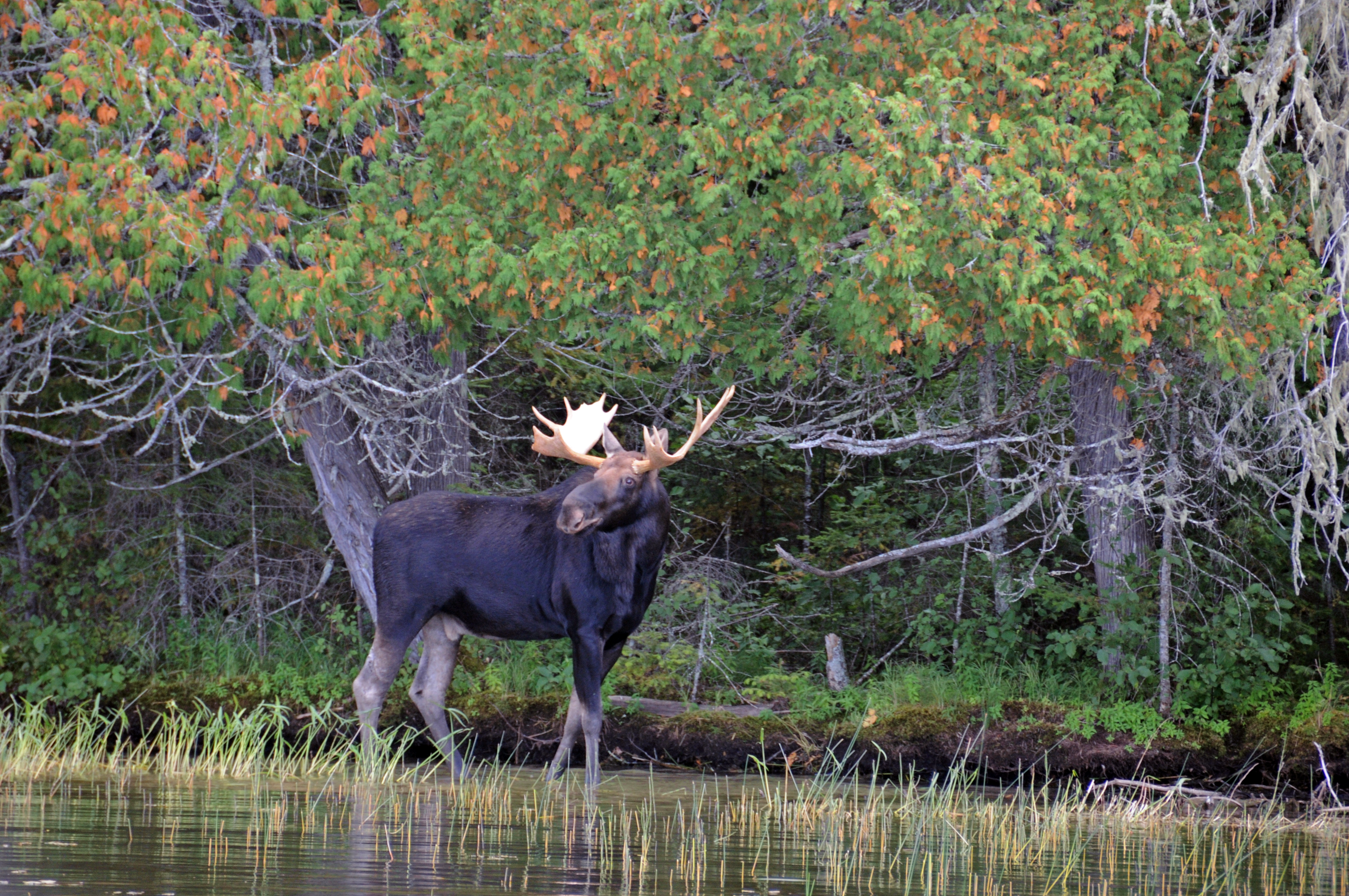 Staying Safe: Basic First Aid for Wilderness Camping
Staying Safe: Basic First Aid for Wilderness Camping
When embarking on a wilderness camping trip, it's essential to be prepared for any situation that might arise. Knowing basic first aid can make all the difference in a medical emergency. In this section, we'll cover some fundamental first-aid tips to help you stay safe and enjoy your time in the great outdoors.
Building a First Aid Kit
Before you hit the backcountry, gather the essential first aid supplies to create a well-rounded kit. Include items like adhesive bandages, gauze, antiseptic wipes, adhesive tape, tweezers, a digital thermometer, pain relievers, and any personal medications. Remember to check the expiration dates on medications and replace them as needed.
Recognizing and Treating Common Injuries
When you're out in the wilderness, it's crucial to know how to handle common injuries that may occur during your camping trip. Here, we'll cover some of the most frequent issues you might face and the best ways to treat them.
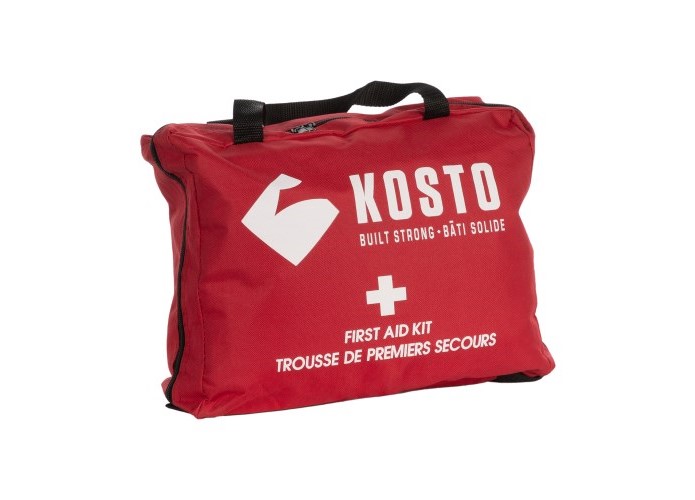
Sprains and Strains
Twisting an ankle or overextending a muscle can happen easily on uneven terrain. To treat a sprain or strain, remember the acronym RICE: Rest, Ice, Compression, and Elevation. Take a break, apply a cold pack, wrap the affected area with a bandage, and keep it elevated to minimize swelling.
Cuts and Scrapes
Minor cuts and scrapes are common and can be treated by cleaning the wound with clean water, applying an antibiotic ointment, and covering it with a bandage. For deeper cuts, apply pressure to stop bleeding and seek professional medical help if necessary.
Insect Bites and Stings
For typical insect bites, apply a cold pack and use hydrocortisone cream or calamine lotion to reduce itching and swelling. If you experience symptoms such as difficulty breathing, chest pain, or severe swelling, seek immediate medical attention as these could be signs of an allergic reaction.
Blisters
To prevent blisters, wear moisture-wicking socks and properly fitted footwear. If a blister does form, clean the area and cover it with a blister pad or moleskin to protect it from further irritation. Avoid popping blisters, as this can lead to infection.

Dehydration and Heat Exhaustion
Stay hydrated by drinking plenty of water throughout the day, and take breaks in shaded areas when possible. If you or a fellow camper show signs of heat exhaustion (dizziness, headache, nausea, or rapid heartbeat), move to a cool, shaded area, and sip water slowly.
By familiarizing yourself with these common injuries and their treatments, you'll be better prepared to handle any mishaps that may occur during your wilderness camping adventure. Always carry a well-stocked first aid kit and consider taking a wilderness first aid course for additional knowledge and confidence.
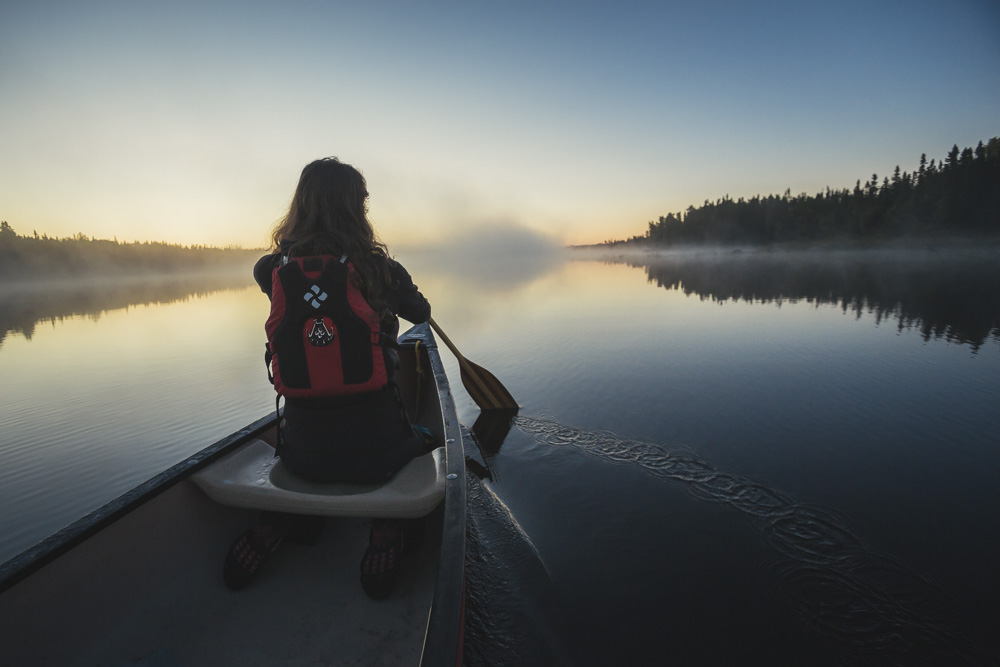
Survival Skills: What to Do If You Get Lost or Separated
Getting lost or separated from your group can be a daunting experience, but staying calm and knowing what to do in such a situation is crucial. In this section, we'll provide you with important survival skills and tips that will help you navigate your way back to safety.
1. Stop, Think, and Assess
When you realize you're lost or separated from your group, the first thing to do is stop moving. Take a deep breath, stay calm, and assess your surroundings. Try to recall any landmarks or trails you've recently passed, and determine if you can retrace your steps.
2. Make Yourself Visible and Audible
Increase your chances of being found by making yourself as visible and audible as possible. Attach brightly coloured clothing or gear to your backpack, and use a whistle or shout periodically to alert others to your presence. If you have a signal mirror or flare, use it to attract attention.
3. Prioritize Shelter, Water, and Warmth
If you're unable to find your way back quickly, focus on your basic survival needs. Prioritize finding or building a shelter, locating a water source, and staying warm. Use natural materials like branches and leaves to construct a temporary shelter, and always boil or purify any water you find before drinking it.
Buy a topographic map to help you navigate.
Pro Tip: Familiarize yourself with the area's flora and fauna, as some plants may be edible and provide essential nutrients, while others might be toxic.
While venturing into the wilderness can be an exhilarating and rewarding experience, it's essential to be prepared for any unexpected situations. By mastering these survival skills and staying calm under pressure, you'll be well-equipped to handle any challenges that come your way on your next wilderness camping trip.
Camping Etiquette: How to Be a Responsible Wilderness Camper
When embarking on a wilderness camping adventure, it's crucial to be mindful of your impact on the environment and fellow campers, as well as wildlife. Practicing proper camping etiquette ensures a positive experience for everyone involved. In this section, we'll discuss some essential guidelines to follow while navigating the great outdoors.
Leave No Trace
One of the fundamental principles of responsible camping is the Leave No Trace concept. This means that you should always strive to leave the wilderness in the same condition as you found it. To achieve this:
1. Plan Ahead and Prepare
Research your destination, understand its regulations, and ensure you have the necessary gear and skills. By anticipating conditions and potential hazards, you'll minimize the impact on the environment and have a safer trip.
2. Dispose of Waste Properly
Always carry a trash bag to collect your waste and dispose of it appropriately after your trip. For human waste, dig a "cathole" 6-8 inches deep, at least 200 feet from water sources, trails, and campsites. Cover and disguise it when finished.
3. Respect Wildlife and Plants
Observe wildlife from a distance without disturbing them, and never feed them. Stick to established trails to avoid trampling vegetation, and don't pick plants or flowers. Leave rocks, shells, and other natural items where you find them.
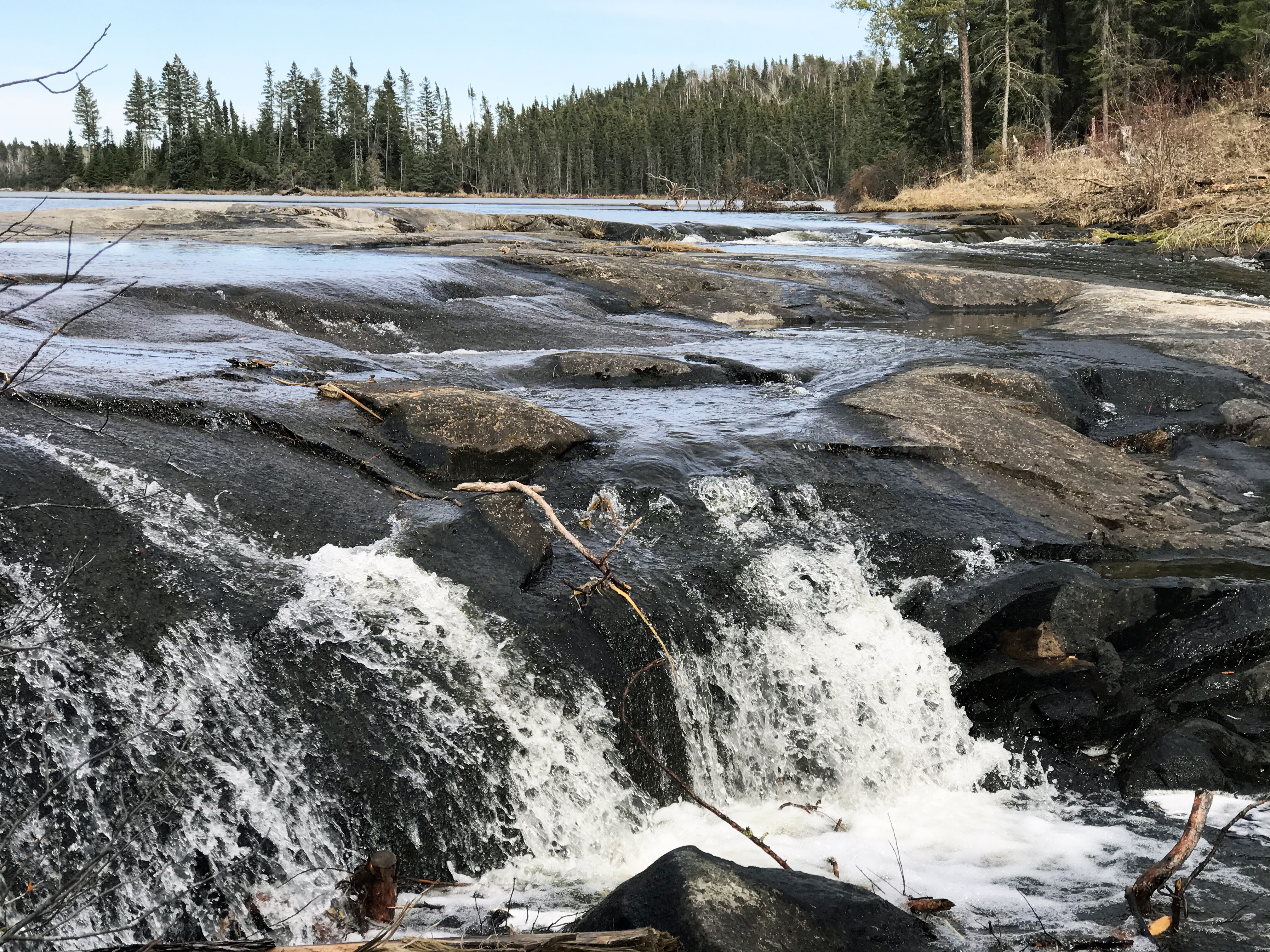
Unplugged: Disconnecting from Technology for a Truly Wild Experience
Disconnecting from technology while wilderness camping can be a refreshing and rewarding experience. It's time to embrace the great outdoors and reconnect with nature without the constant buzz of notifications and distractions from our devices. Let's dive into some tips for unplugging and making the most out of your wild camping adventure.
Prepare for the Disconnect
One of the most thrilling aspects of wilderness camping is the opportunity to disconnect from the hustle and bustle of daily life. This means not only detaching from electronic devices but also mentally preparing for the solitude and silence that awaits you. Here are some tips to help you make the most of your disconnection experience.
Set realistic expectations: It's important to know that wilderness camping can be challenging, especially if you're used to city life. Prepare yourself for unpredictable weather, physical demands, and the occasional lack of amenities you're accustomed to.
Mindfulness in the Wilderness: How to Connect with Nature
There's something truly magical about being in the great outdoors, away from the hustle and bustle of everyday life. It's the perfect setting to practice mindfulness and connect with nature on a deeper level. In this section, we'll explore some tips and techniques to help you make the most of your wilderness camping experience and forge a lasting bond with the natural world.
1. Embrace the Present Moment
While hiking through the wilderness, take the time to slow down and appreciate the beauty around you. Focus on the sights, sounds, and smells of nature – the rustling of the leaves, the chirping of the birds, and the scent of fresh pine. By fully immersing yourself in the present moment, you'll find a sense of tranquility and connection with your surroundings.
2. Practice Mindful Walking
Mindful walking is a form of meditation that involves paying close attention to your body as you move through the wilderness. With each step, notice the sensation of your feet touching the ground and the rhythm of your breath. This practice helps ground you in the present moment and fosters a more intimate connection with the earth beneath your feet.
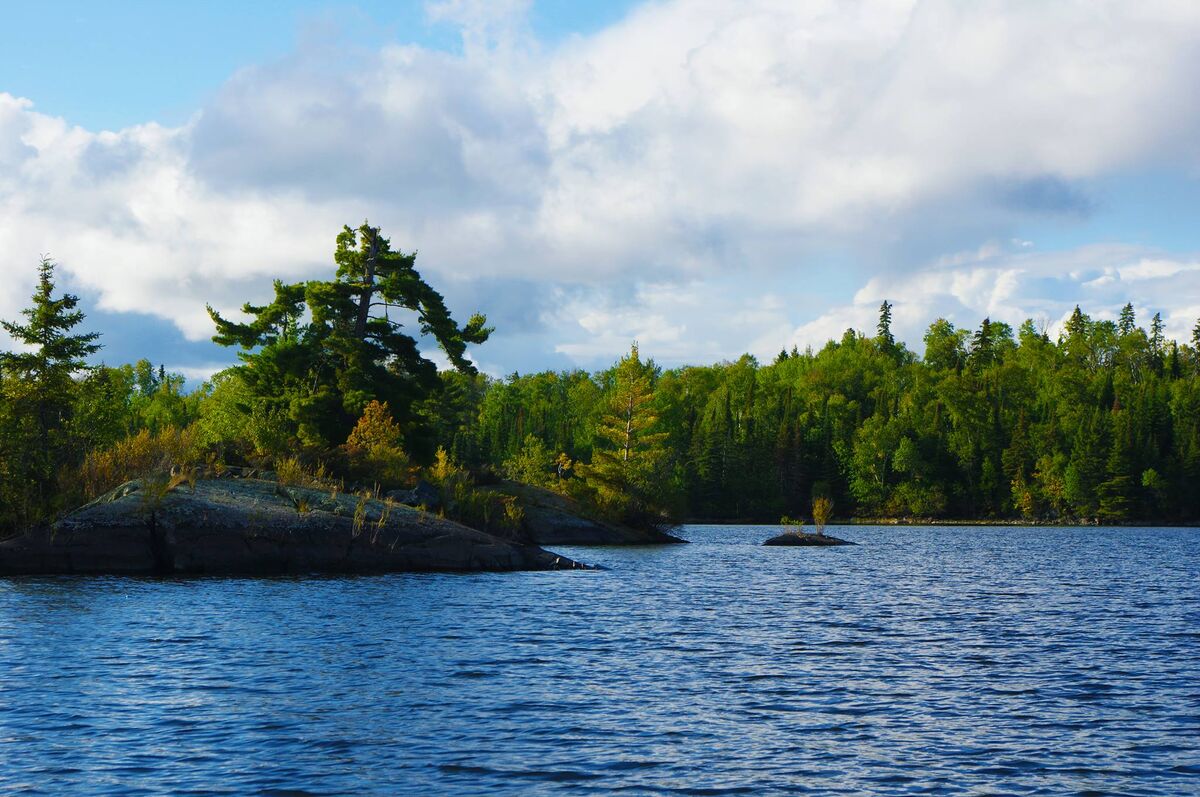
3. Engage Your Senses
One of the most effective ways to connect with nature is to engage all of your senses. As you hike, take the time to feel the texture of the bark on a tree, taste the fresh mountain air, or listen to the soothing sound of a nearby stream. By fully experiencing the natural world around you, you'll create lasting memories and a deeper appreciation for the environment.
Wilderness Photography: Tips and Tricks for Capturing Your Adventure
Wilderness photography is an art form that allows you to capture the beauty of nature and preserve memories of your camping adventures. With the right approach and techniques, you can create stunning images that will transport you back to the tranquillity of the outdoors. In this section, we'll explore some tips and tricks to help you enhance your wilderness photography skills. Here's a link to an article that gives some extra tips on photographing wildlife.
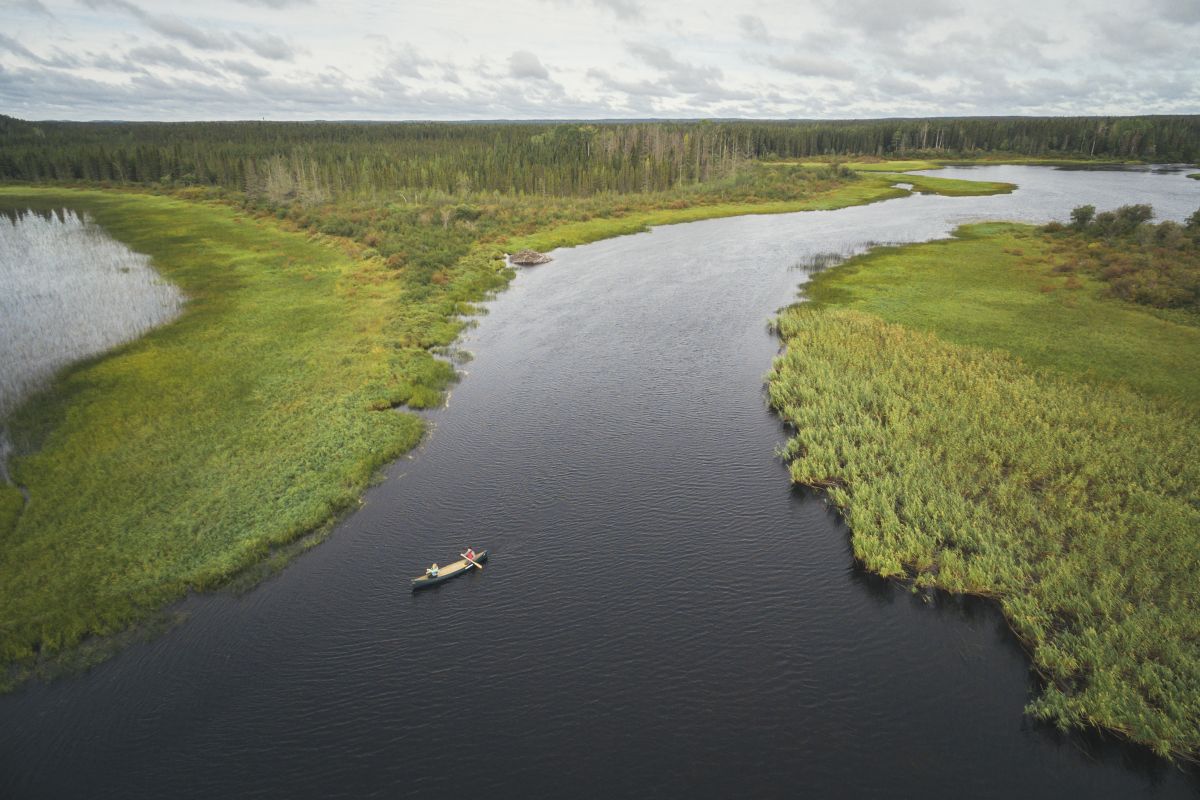
1. Master the Basics of Photography
Before venturing into the wild, make sure you have a strong grasp of the fundamentals of photography. Learn about exposure, composition, and how to use your camera's settings effectively. A solid foundation in these basics will allow you to better adapt to the unique challenges of wilderness photography.
2. Choose the Right Gear
When it comes to wilderness photography, the right gear can make all the difference. Invest in a lightweight, durable camera, lenses with a versatile focal range, and a sturdy tripod. Don't forget to bring extra batteries, memory cards, and a waterproof bag to protect your equipment from the elements.
3. Embrace the Golden Hour
The golden hour—the time shortly after sunrise or before sunset—offers the most flattering light for outdoor photography. Take advantage of this magical time of day to capture stunning landscape shots with warm, diffused sunlight that will enhance the natural beauty of your surroundings.

4. Focus on Composition
Strong composition is essential for capturing the essence of the wilderness. Experiment with different perspectives, use the rule of thirds and incorporate leading lines to create visually striking images. Remember, sometimes less is more—don't be afraid to simplify your shots and let nature's beauty speak for itself.
5. Adapt to Your Environment
Wilderness photography requires flexibility and adaptability. Be prepared to change your plans based on weather conditions, lighting, and other variables. In addition, always practice Leave No Trace principles to protect the environment and preserve its beauty for future generations.
6. Tell a Story
Finally, aim to tell a story with your wilderness photography. Capture a sequence of images that showcase your journey, from the trailhead to the campsite, the wildlife you encounter, and the breathtaking views that reward your efforts. These visual narratives will help you relive your adventure and share it with others.
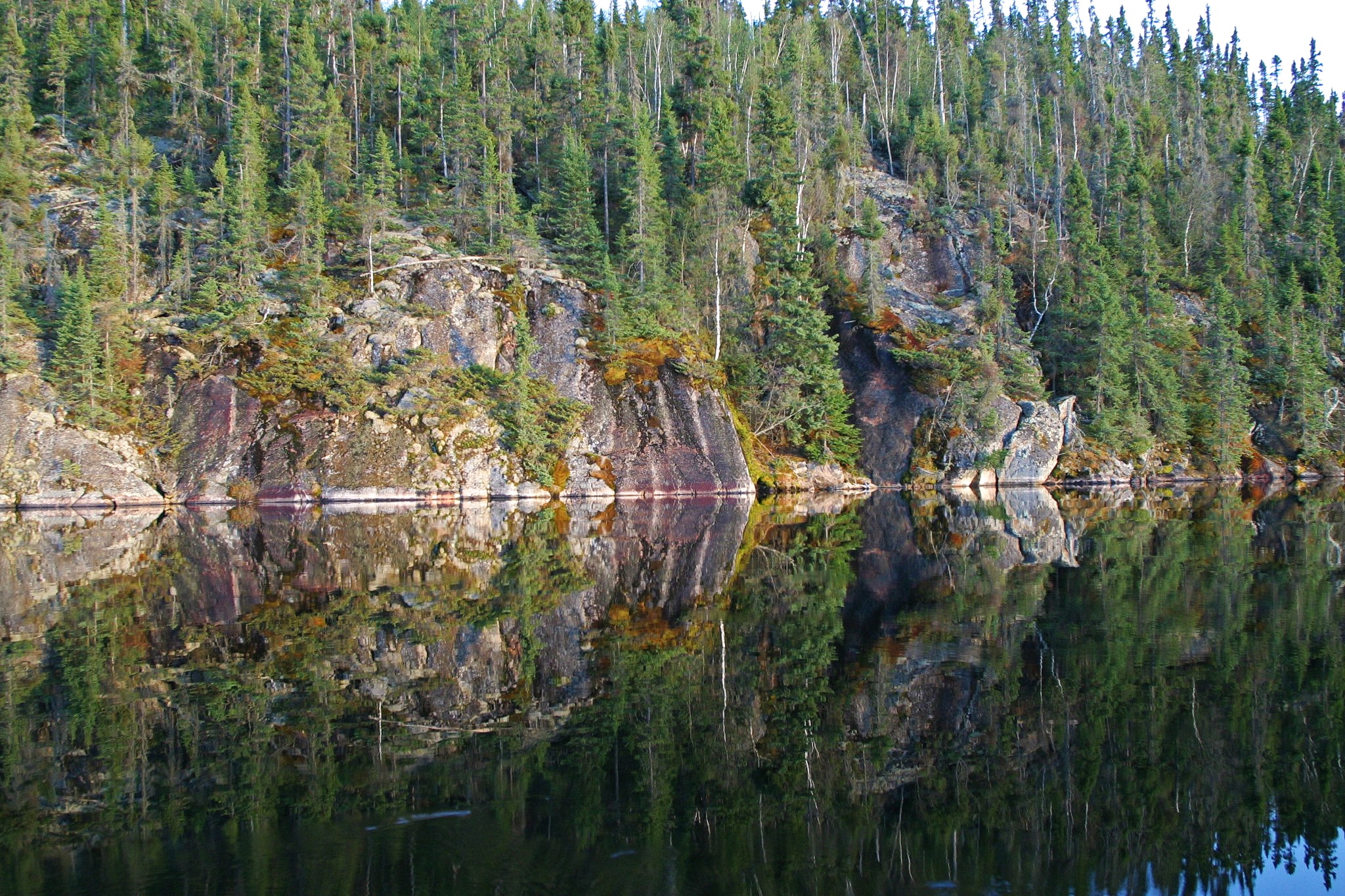
Camping in the Boreal Forest of Canada
The boreal forest, also known as the taiga, is a vast and diverse ecosystem stretching across Canada. With its stunning landscapes, rich wildlife, and countless opportunities for adventure, the boreal forest is an ideal destination for wilderness camping. Sunset Country in northwestern Ontario covers a 45,000 square-mile area of almost contiguous Boreal forest and it has over 70,000 freshwater lakes. If you want to experience what a northern boreal forest is like, this is the place to visit!
Have Fun!
In conclusion, embracing the wilderness and embarking on a camping adventure can be a truly transformative experience. With the right combination of preparation, knowledge, and respect for nature, you're sure to create memories that will last a lifetime. So gear up, step out, and let the magic of the Canadian wilderness be your guide. We have a huge wilderness playground here for you, 100,000 square kilometres to be exact. Follow these guidelines and you will experience the land and the lakes in the purest way - the way Mother Nature intended it to be.
Happy Camping!

